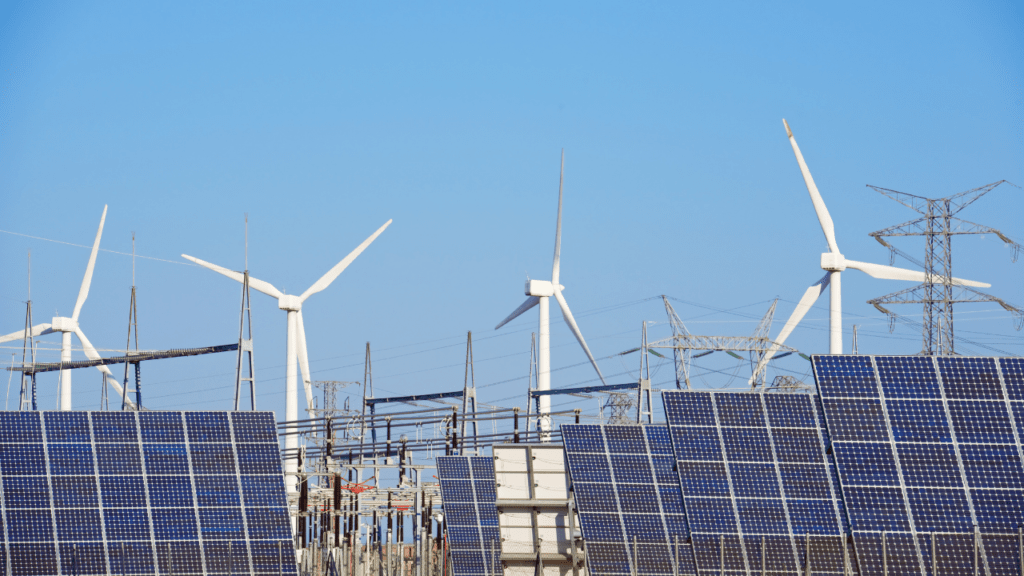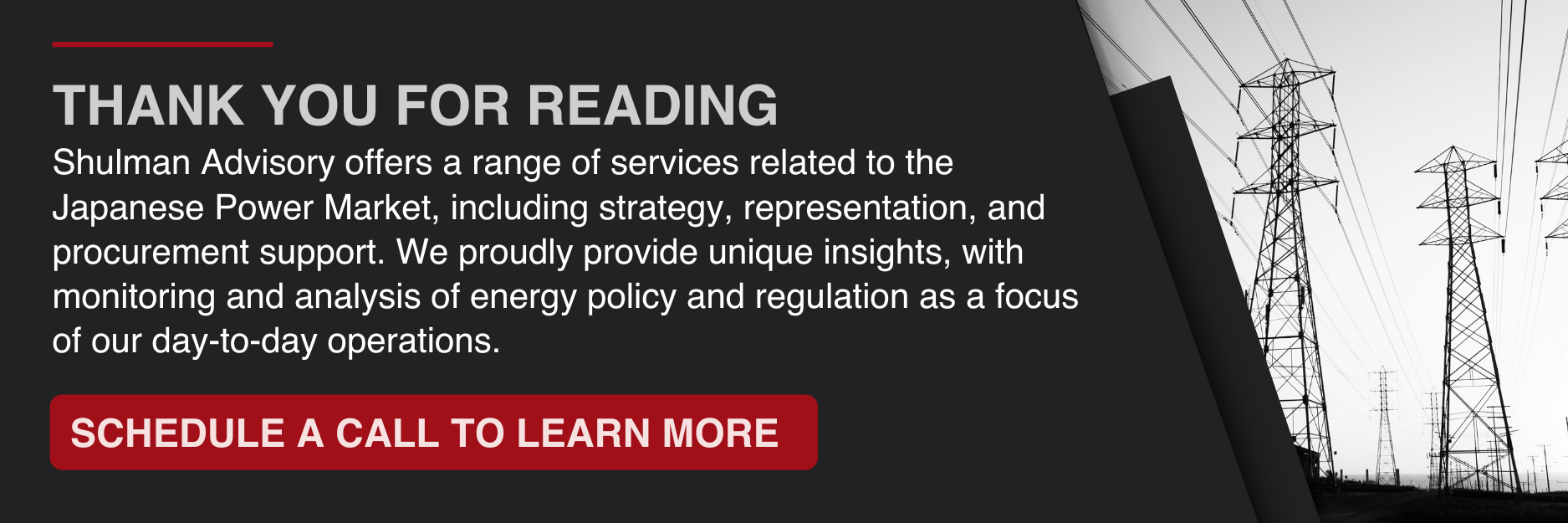Publication date: July 23, 2024
Aomori Prefecture Outlines Plans to Tax and Regulate Renewable Projects
Earlier this year, Aomori’s governor announced that the prefecture would move forward with plans to introduce a new tax on renewable energy facilities. Last week, Aomori published a draft outline of the new rules, including the threshold for applicable renewable energy installations. The tax will apply to projects that are over 500kW (0.5MW) for wind power (approximately 60m in height) and over 2MW for solar power (around 3 hectares in area). Although the tax rates are yet to be determined, the revenue they generate is expected to fund areas such as 3 environmental conservation, public awareness, and further promotion of renewable energy.
Zoning and Consensus-Building for Sustainable Development
The draft outline also proposes a dual approach that combines “zoning” and “consensus-building procedures”, to promote projects that are both environmentally sustainable and community-friendly. The zoning approach categorizes suitable areas for development based on existing laws and regional specifics such as landscape, history, and culture, providing a comprehensive conservation strategy. Meanwhile, consensus-building encourages early community involvement in project planning, ensuring that developments respect local environmental and cultural heritage.
Developers will be encouraged to present their plans to local communities, highlighting benefits and integrating feedback to create business plans that respect the natural and cultural heritage of the region. This represents both a challenge and an opportunity – the requirement to engage in thorough community engagement and environmental planning may initially increase project costs and extend timelines. However, ultimately it could lead to smoother project implementation in the long-term and enhance the project’s feasibility and sustainability.
From an investment perspective, the draft rules may actually make it more attractive to invest in renewable energy projects in the prefecture, as the clear guidelines and structured approach provide a more predictable regulatory environment. By setting a precedent for comprehensive planning and community involvement in regional renewables development, Aomori could serve as a model for other prefectures that may be considering similar initiatives.

________________________________________________________________________________________

